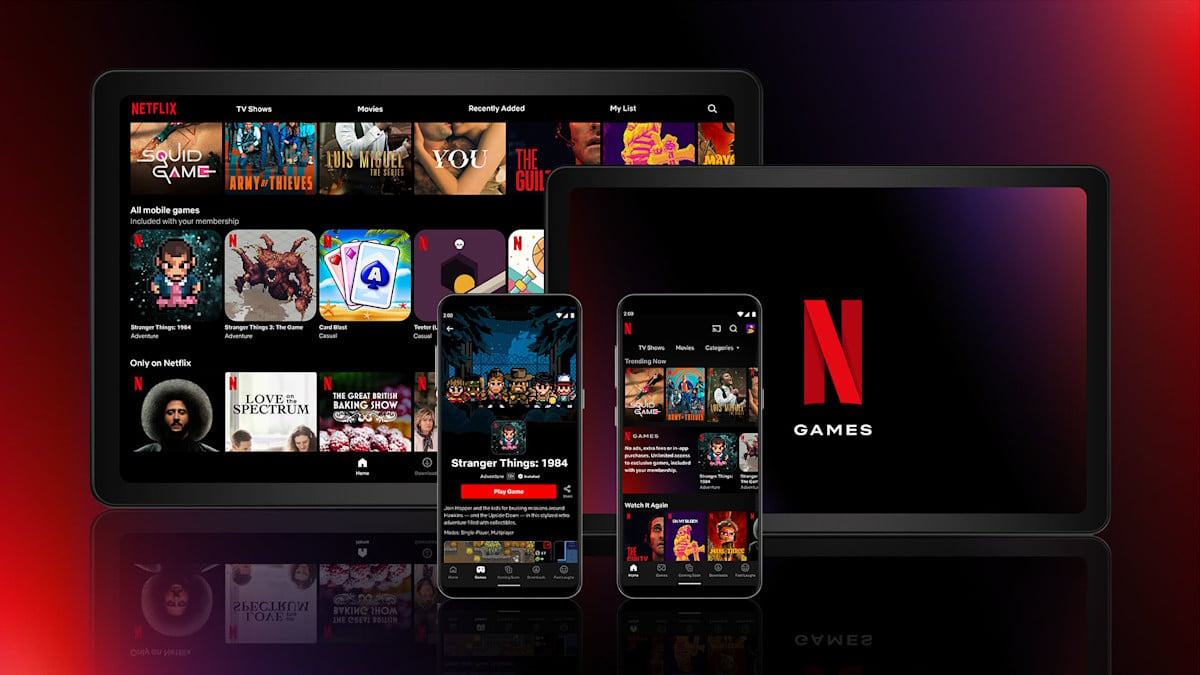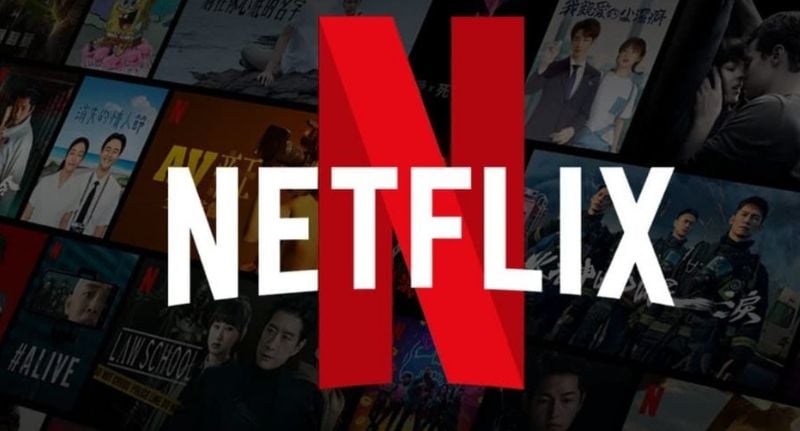According to new forecasts from market researcher Ampere Analysis, Netflix is on track to become Australia’s third-largest ad-supported streaming service by 2027. The report predicts the global streamer will pull in over $150 million in ad revenue that year. Only 7Plus and 9Now, both broadcaster-run platforms, are expected to generate more from advertising.
According to the latest JustWatch insights, Netflix remains the leader in the SVOD (Subscription Video on Demand) market holding a solid 25% of the market share in Q4 2024. But this dominance isn’t unchallenged. Amazon Prime Video, now a strong contender, holds a 5% advantage over Disney+. Meanwhile, local streaming services Binge and Stan are gaining ground, collectively claiming a 20% share of the market, just 2% behind Amazon Prime.
The streaming giant’s ability to secure the #3 spot in Australia’s ad-supported streaming market will largely depend on how well it can increase demand for ad space. Right now, ad prices are set higher than the market average, and the platform is maintaining this by keeping ad loads low.

Netflix
The price for the ad-supported plan rose to $7.99 per month in June 2024. While it may seem like the only trade-off is watching 4 – 5 minutes of ads per hour, there’s another catch – subscribers on this tier don’t get access to Netflix’s full content library.
But according to Ampere Analysis senior analyst, Ed Ludlow, Netflix has not (so far) delivered this volume of ads to audiences in Australia.
“The actual volume has been much lower,” Ludlow told Mediaweek. “This may be because Netflix is not selling its entire inventory, or it could be a definite strategy as it gauges how well the platform is performing, and how audiences and advertisers are responding to ads. In order for Netflix to achieve the ad revenue forecasted by Ampere, it will need to deliver 4-5 mins of ads by 2029.”
The platform also provides an option for users who don’t want to sit through ads with their higher-priced standard plan at $18.99 per month or the Premium plan at $25.99 per month. Competing platforms like Paramount+ and Amazon Prime Video provide ad-supported plans alongside higher-priced ad-free options.

Ampere Analysis senior analyst, Ed Ludlow.
How does this compare to the competition?
Binge and Amazon Prime Video currently both cap their ad load at 4 minutes per hour, although, as Ludlow notes, both services took a more aggressive approach to their ad-tiers.
Ludlow explained: “They did this by introducing users to the ad-tier automatically but allowed those that did not want to see ads to opt out by paying more. Netflix, by contrast, did not initially force anyone to change their plan but instead allowed users to opt-in to the ad tier for a reduced cost of subscription.”
The cost increase doesn’t seem to have turned off consumers either. According to recent financial indicators, the company’s fourth-quarter 2024 results beat all expectations with 19 million new subscribers signing up – the single largest quarterly subscriber additions in the company’s history.
Netflix also used the reduced cost ad-supported tariff to entice subscribers at risk of downgrading their premium subscription in favour of the cheaper ad-supported plan, instead of leaving the platform altogether.
“This is particularly relevant in Australia,” Ludlow said. “Data from Ampere’s consumer survey, which asks 2,000 respondents in 30+ markets across the world, shows that audiences on SVOD ad tiers in Australia actually take significantly more subscription video services (3.7) than the national average (3.2) The ad-receptive users are also, on average, younger and have a higher average income. This indicates that these audiences are SVOD superuser, that are looking to take the cheaper ad tariff to lower the burden of subscription costs across multiple platforms.”

Squid Game season 2 was one of the big draw cards for audiences on Netflix.
Why are users staying?
Familiarity? Laziness?
Neither, according to Ludlow, who believes the platform’s content offerings are enough to keep audiences.
“Its massive Q4 results were bolstered by live sporting events, such as the Jake Paul vs. Mike Tyson boxing match and NFL Christmas Day games,” he said.
“Data from Ampere’s Subscription Video Economics products shows that November’s Paul/Tyson boxing match drove around 1.5m US sign-ups to the streaming service (based on sign-ups from the 15th and 16th of November), the single largest daily spike in US sign-ups since Ampere tracking began in 2018. The sign up spike elsewhere was less impactful, but it still resonated. In the UK an additional 80k subscribers signed up over the same period.”
Outside of live-streamed events, Netflix filled Q4 with hit shows for customers across its global footprint including Senna from Brazil, The Empress from Germany, Black Doves from the UK, and the long-awaited release of Squid Game Season 2.
“With the reduced-priced ad tier, the financial barrier to sign-up to watch one of Netflix’s high-profile events was lower, and once new subscribers were in, the strong catalogue meant that they stuck around,’ he said.
